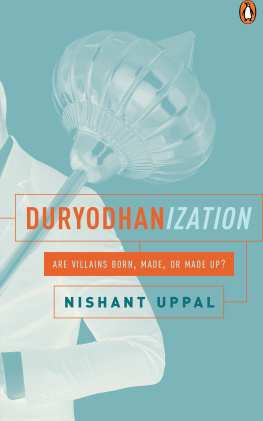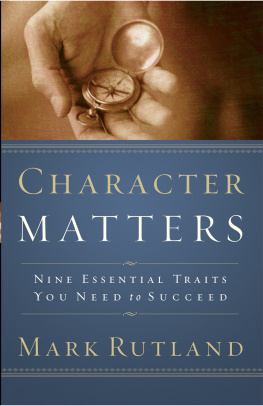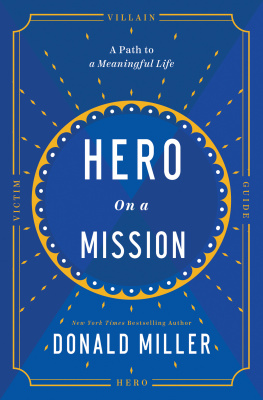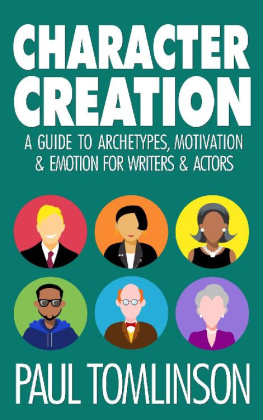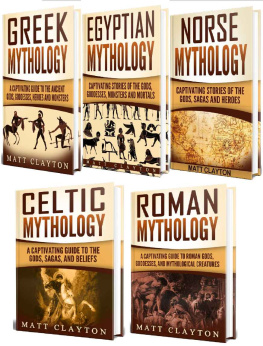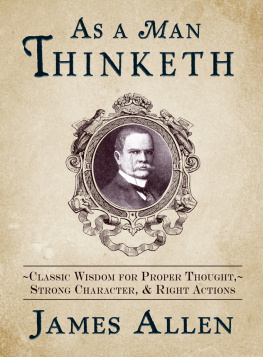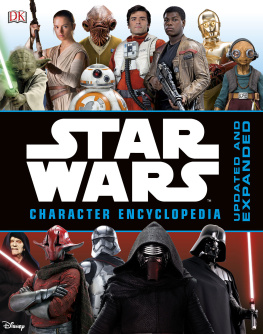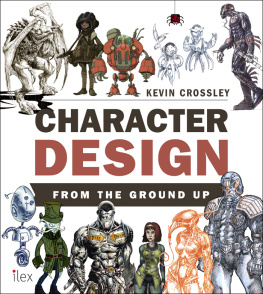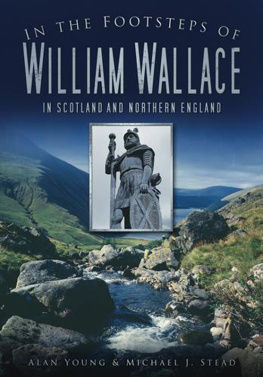P REFACE
A reader quick, keen and leery
Did wonder, ponder and query
When results clean and tight
Fit predictions just right
If the data preceded the theory
Anonymous
It gives me immense pleasure to introduce this book, Duryodhanization, to my esteemed readers. This book attempts to explain the process involved in the making of a villain. It uses Duryodhana, a popular villain from the epic Mahabharata, as the central character to understand the process. Thus, the title: Duryodhanization. Although there are several famous villains in the world, in literature, and in the Mahabharata itself, the character of Duryodhana is especially intriguing. Thousands of versions of the Mahabharata, as well as books focusing on some of its characters, have been written over the centuries. None of them show Duryodhana in a positive light. The Bhagavad Gita from the Mahabharata, clearly states that every individual has daivi (good) and asuri (bad) qualities. However, there is nothing positive about Duryodhanas character in the Mahabharata. And this epic is considered to be the longest poem ever written, with over two lakh lines and eighteen lakh words. This is surprising and worth exploring further.
Following is a brief, chapter-wise description of the book. This is for the reader to understand the premise, purpose and conception of the book.
Chapter one introduces the concept of the making of a villain. I use multiple theoretical lenses to decipher whether villains are born, nurtured or merely made up. I use theories from a range of academic disciplines, such as psychology, genetic sciences, sociology, economics, etymology, history and management, to get a clearer understanding of the central concept of the book. Seminal research work, historical and modern, has been considered while exploring the process of Duryodhanization.
Chapter two defines some commonly acknowledged psychological dispositions. These include Machiavellianism narcissism, neuroticism, psychopathy and sadism, which make a villain a negative character or person. It also hypothesizes that these traits can be genetically transmitted and are contagious. I again use theories from various disciplines to support my arguments.
In chapter three we explore our central character, Duryodhana. I use various scientifically valid methodologies to analyse his actions as presented in the Mahabharata. I further map those actions along with the five negative dispositions described in the previous chapter.
Sub-sections one, two and three in this chapter look at Duryodhanas family tree, examining the possibilities of genetic transmission of the five negative dispositions into Duryodhana. For this, I analyse the actions of Duryodhanas ancestors and map them along the negative dispositions mentioned above. And here, we find some remarkable linkages between the two. It clearly establishes how genetics influenced Duryodhanas behaviour throughout his life.
While it is clear that genetics played a significant role in determining Duryodhanas character, there are other possible explanations. In chapter four, I examine the behaviour of other important characters in the Mahabharata, such as the Pandava brothers and Draupadi. I list several actions of the Pandavas that are very similar to Duryodhanas. However, they are treated differently in the epic, and thereafter by other readers and writers. While it seems unfair, the various explanations and justifications of the war between good and evil are what make the epic so interesting.
Chapter five explores the possibilities of generalizing of the concept of Duryodhanization. I choose characters, living and dead, and juxtapose them with the findings of the book. I have chosen these characters with utmost care to avoid hurting the sentiments of any community.
Finally, in the last chapter I conclude my theories and arguments. Only here do I allow my personal views on the subject to come forth.
I believe this book will appeal to the curiosity of those who wish to scientifically understand the characterization of heroes or villains, be it in mythology, history, behavioural sciences, or real life. It also has teachings for businesses, academia and policy organizations, as the book presents an unusual method of character assessment. I hope it will provide stimulus for further research and literature.
Lastly, I would like to acknowledge my peers and editors, especially Radhika and Indrani who reviewed and worked tirelessly towards the current edition. I would like to acknowledge my research associate, Ananya, for her inputs. I am thankful to my friendsBadri, Neha, Negi, and Gautam. I am grateful to my mom, Shivani Uppal, who continuously encouraged me to take up this project. I am also thankful to Deepti, my beloved wife, for her immense support. I am grateful to various members of IIM Lucknow, especially Professor Ajit Prasad who provided motivation to complete the work. Without their contributions this project would not have been possible.
I NTRODUCTION
Son: Do ostriches bury their heads in the sand when theyre scared or threatened?
Father: No, its an optical illusion! Ostriches are the largest living birds, but their heads are pretty small. If you see them picking at the ground from a distance, it may look like their heads are buried in the ground. Nonetheless, they do dig holes in the dirt to use as nests for their eggs. Several times a day, the bird puts her head in the hole and turns the eggs. So it really does look like the birds are burying their heads in the sand!
Son: Oh! This means the ostrich creates an optical illusion, possibly intentionally, that makes the viewer seem as if it is hiding its head in the sand. Wow, thats an ostrich paradox!
According to the Oxford English Dictionary, a character is defined as villainous if his or her actions or motives are considered evil towards other individuals, nations, societies, environments or the universe as a whole. The essence of this book lies in the etymological and colloquial development and popular establishment of this definition.
Although today the term villain is used only in a pejorative sense, originally it defined entirely different phenomena and characters. The etymological development of the term villain follows this order: villa-villanus-vilain (or vilein)-villain. The first two terms of the sequence villa and villanus descend from Latin, and mean country mansion and farmland bound to the soil of that mansion, respectively. Subsequently, the French term vilain refers to a person of less-knightly attributes. One who was usually employed as a peasant, slave or farm hand.

